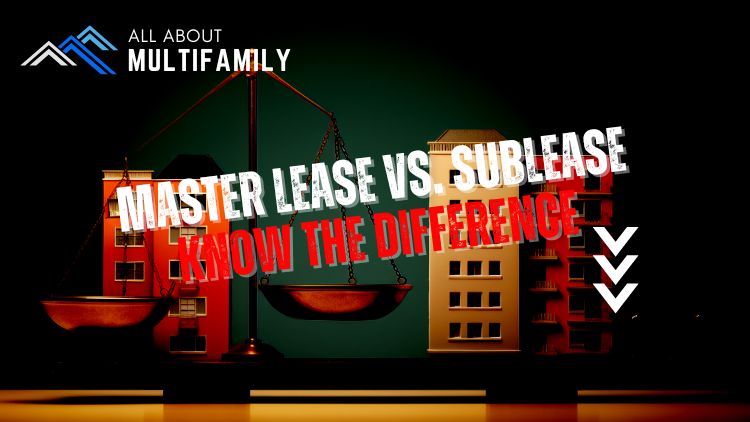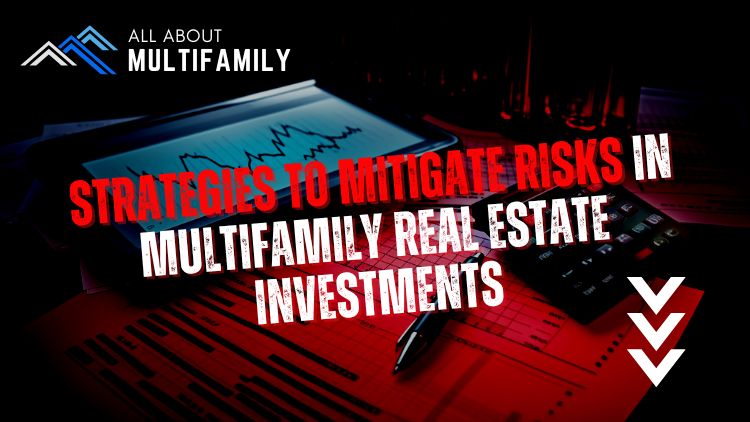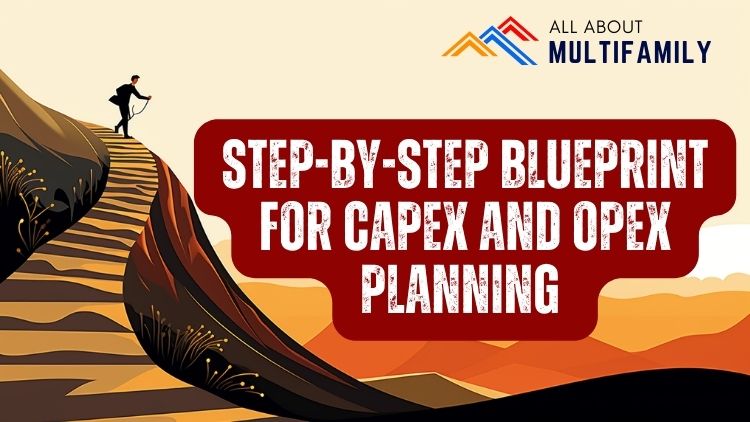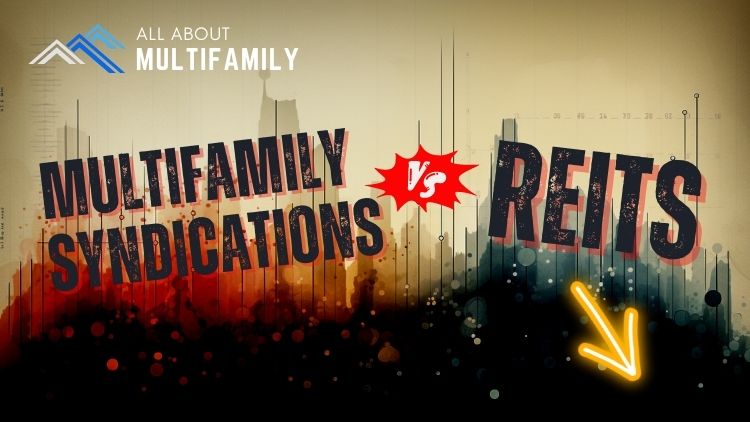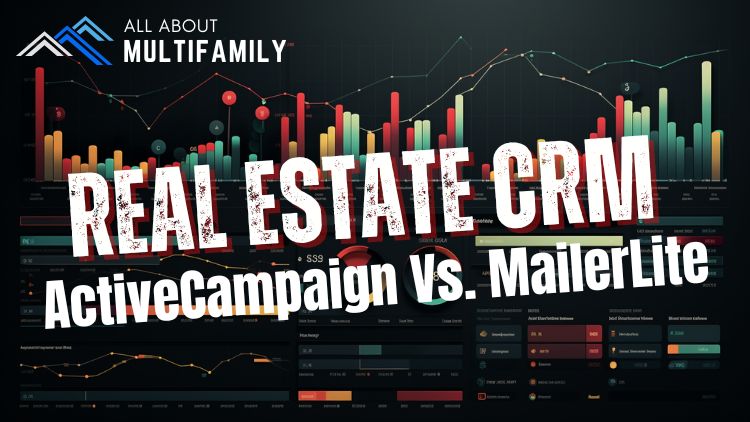A balloon mortgage is a type of mortgage loan that offers lower monthly payments for a specified period, typically ranging from 5 to 7 years, followed by a large lump-sum payment, known as the “balloon payment,” due at the end of the loan term. This type of mortgage can be attractive for some borrowers due to the initially reduced monthly payments, but it also carries certain risks and considerations.
Features of a Balloon Mortgage:
- Lower Initial Payments: Balloon mortgages often start with lower monthly payments compared to traditional fixed-rate mortgages or even adjustable-rate mortgages (ARMs). This can make homeownership more affordable in the short term.
- Balloon Payment: The distinguishing feature of a balloon mortgage is the large balloon payment that becomes due at the end of the loan term. This payment typically covers the remaining principal balance of the loan.
- Shorter Loan Term: Balloon mortgages usually have shorter loan terms, such as 5, 7, or 10 years, compared to the 15- or 30-year terms of conventional mortgages.
Example of a Balloon Mortgage:
Let’s consider an example to illustrate how a balloon mortgage works:
Scenario: You purchase a home for $250,000 and take out a 7-year balloon mortgage with a fixed interest rate of 4%.
- Loan Amount: $250,000
- Interest Rate: 4%
- Loan Term: 7 years
With a balloon mortgage, your monthly payments are calculated as if you were on a 30-year fixed-rate mortgage, but the loan will mature in 7 years.
- Monthly Payment: $1,193.54 (calculated as if it were a 30-year loan)
For the first 7 years, you make these lower monthly payments. However, at the end of the 7-year term, you’ll face a balloon payment, which in this case would be the remaining loan balance.
- Balloon Payment: Approximately $230,370 (the remaining loan balance after 7 years)
Pros of a Balloon Mortgage:
- Lower Initial Payments: Balloon mortgages offer lower initial monthly payments, making homeownership more accessible in the short term.
- Shorter Loan Term: These loans have shorter terms, allowing borrowers to pay off their homes faster if they choose to refinance or sell before the balloon payment is due.
- Flexibility: Balloon mortgages can be suitable for borrowers who expect a significant increase in income or plan to sell their homes before the balloon payment comes due.
Cons of a Balloon Mortgage:
- Balloon Payment Risk: The significant drawback of balloon mortgages is the risk associated with the large lump-sum balloon payment. Borrowers must have a plan in place to cover this payment when it becomes due.
- Refinancing or Selling: To avoid the balloon payment, borrowers may need to refinance their mortgage or sell their home. This can be challenging if interest rates have risen significantly or if the housing market is unfavorable.
- Uncertainty: Balloon mortgages can create financial uncertainty, as borrowers must rely on future circumstances to meet the balloon payment, which may not always be predictable.
In conclusion, a balloon mortgage offers lower initial payments but presents the challenge of a substantial balloon payment at the end of the loan term. Borrowers should carefully consider their financial situation, plans, and potential risks when opting for this type of mortgage, and ensure they have a solid strategy to address the balloon payment when it becomes due.


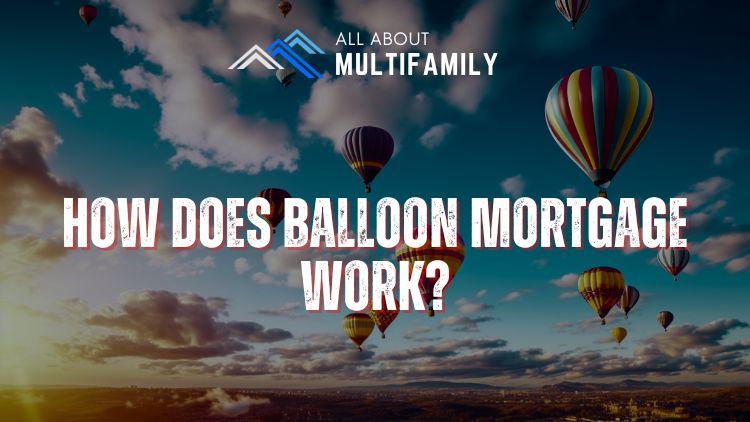























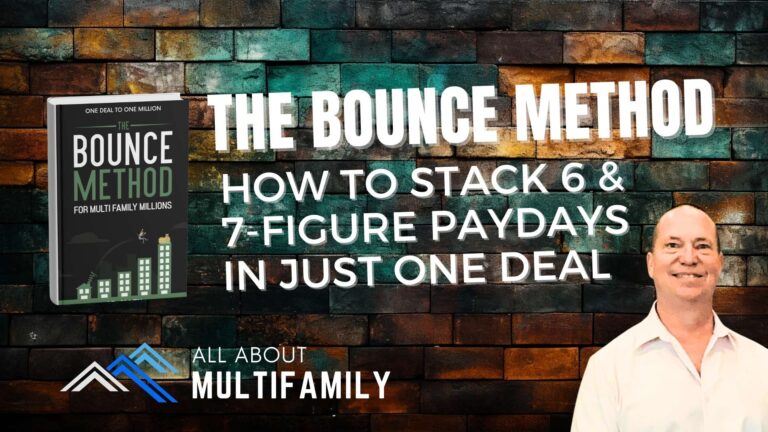





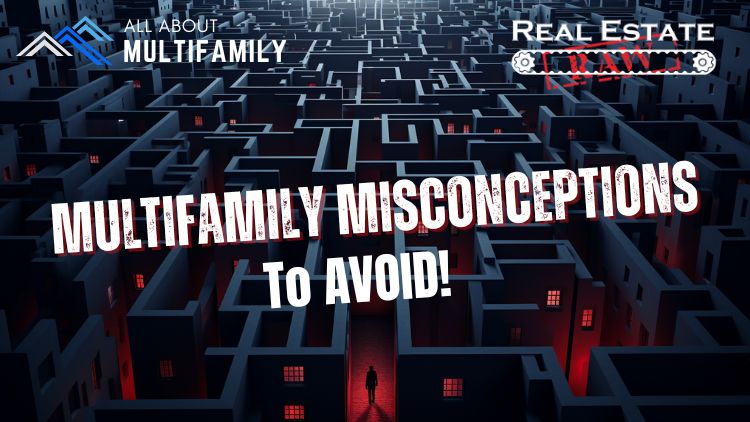






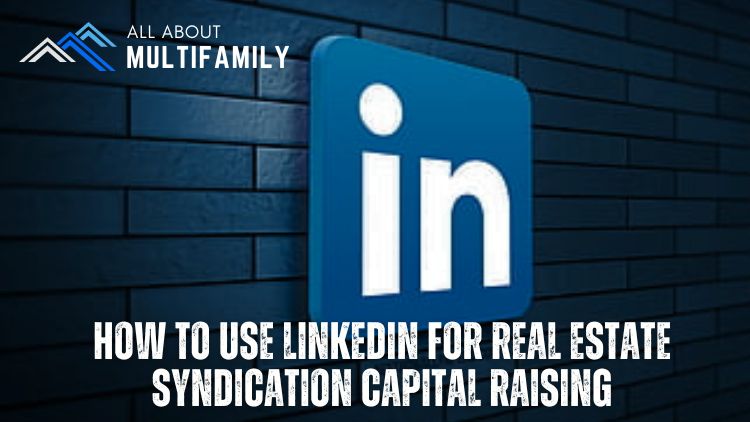
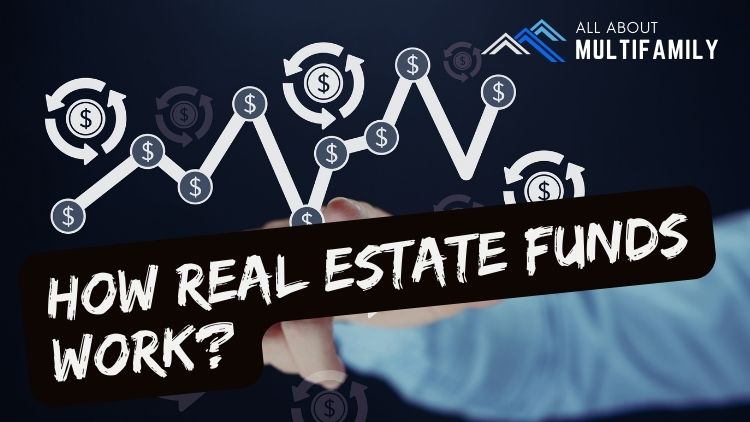




![An In-Depth Look at Jake and Gino's Coaching Program [A Review]](https://allaboutmultifamilyinvesting.com/wp-content/uploads/2023/10/AAM-BMP-Blog-Covers-750-×-422px-6.jpg)


![Email Marketing Tips for Multifamily Real Estate Syndicators to Raise Capital [Templates included]](https://allaboutmultifamilyinvesting.com/wp-content/uploads/2023/09/AAM-BMP-Blog-Covers-750-×-422px-4.jpg)
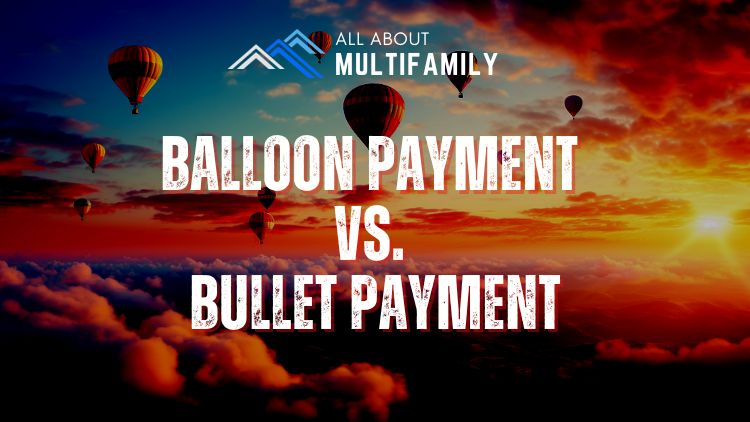
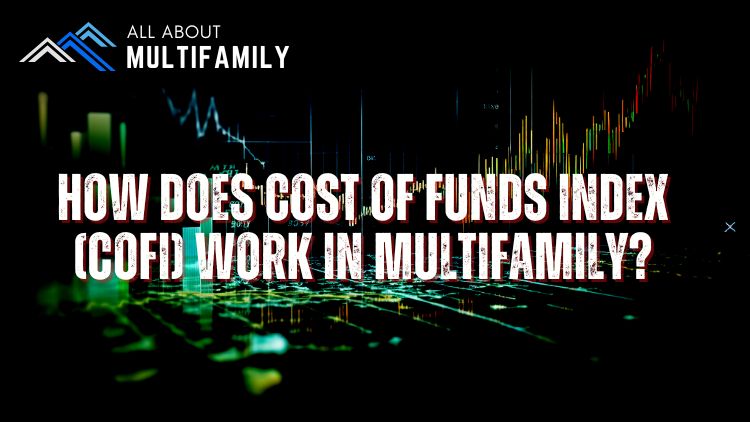




![The Richest Kids In America [Book Review]](https://allaboutmultifamilyinvesting.com/wp-content/uploads/2023/09/AAM-BMP-Blog-Covers-750-×-422px-84.jpg)


